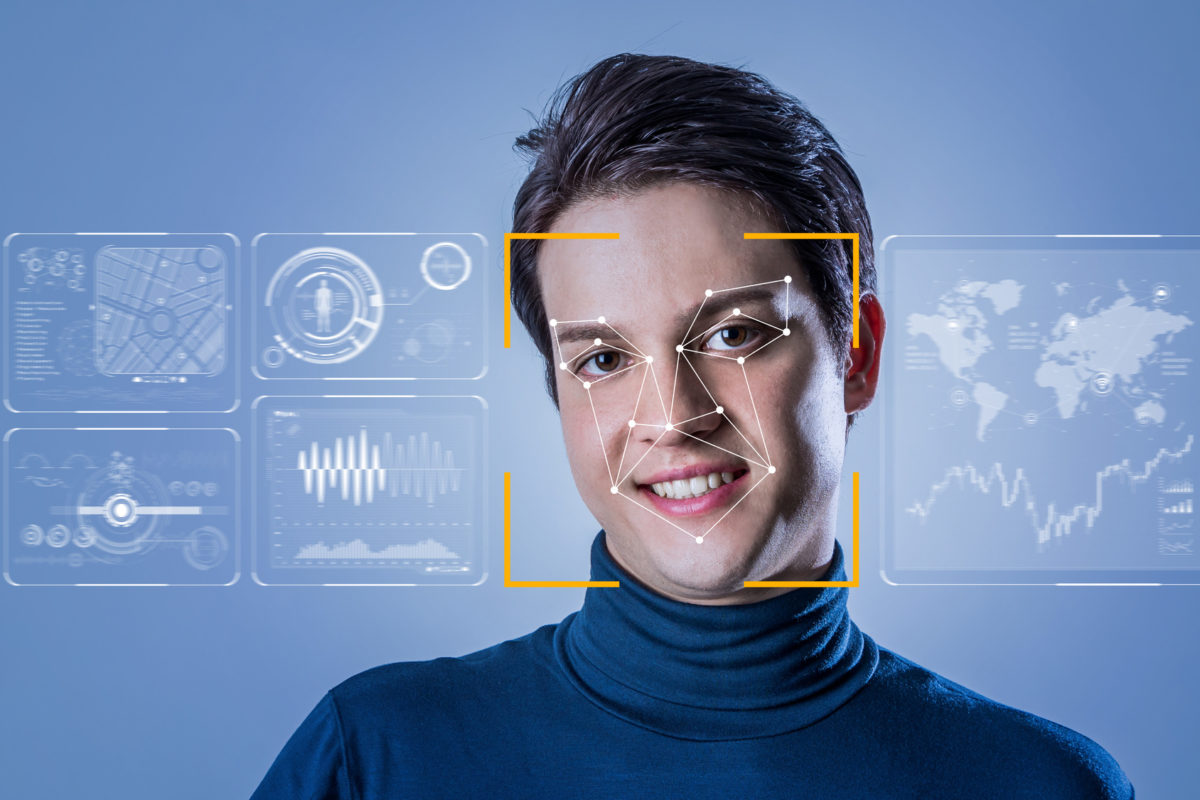One of the more complex and in some cases controversial initiatives that have evolved in the digital era has been the emergence of image recognition that can be applied to a number of areas in commerce. This automated approach for identifying individuals and business process attributes has been facilitated by the creation of vast unstructured data resources along with the application of advanced AI based analytics.
Just consider the evolution of image based data. It was only about 20 years ago that taking/creating pictures involved the use of film based cameras that required the cumbersome process of developing them with the hope that the photographer captured just the right angle! In today’s digital era, a multitude of images can be created, stored and examined in just seconds. Image recognition has been increasing in its roll out categories. Some of the more noteworthy applications include:
- Identification of individuals for authentication and security purposes
- Image storage and organization for retrieval (e.g. personal photos, organizational images for marketing)
- Radiology analysis in healthcare
- Image/object search for product discovery on the web
- Identification and tagging of logos and ads in e-marketing based initiatives
- Law enforcement
- Self-driving navigation
The most interesting aspect of this digital/analytically based initiative is its accuracy and ability to be applied to a host of business processes far beyond what has been pursued so far. What is required however is strategic insight of organizations to connect the power of this data science approach to the possibilities that exist within their operations and industry sectors. Unfortunately the sophisticated analytics underpinning this recognition process may introduce apprehension to many organizations who don’t understand how it works.
Some Background on the Analytic Engines
Image recognition is grounded in an advanced AI methodology referred to as “Deep Learning”. What Deep learning entails is a neural network approach that incorporates a mulit-layer analytic process that leverages image based data. The digital version of pictures/images includes data resources that are comprised of pixels. Deep learning breaks images into subcomponents and identifies patterns that comprise these components. The image recognition model is a combination of the layered analytics of image subcomponents. For facial recognition, subcomponents include pixels of the various features of a face (e.g. nose, chin, eyes etc). “Deep” layered analytics come together to replicate the face of an individual.
Models that reproduce images are categorized and can be used to identify future instances. In other words, once an image of a face has been downloaded and its attributes analyzed with deep learning, the model can be used to identify that person again in the future with great accuracy. This is where the true value of image recognition lies. This methodology is not limited to faces of individuals (although the applications can be wide-spread) but is applicable to numerous possibilities throughout the realm of commerce that involve stored images. Given the accuracy of this AI approach, the real value in leveraging image recognition may not lie in the analytics that create the models (e.g. this is done by data scientists) but rather the understanding and creative application of what can be achieved by applying the data science. In other words, data science has the ability to produce reliable models; the secret to achieving a strategic advantage in a commercial setting is identifying how to apply the models to processes applicable to corresponding businesses….this is the “art” of analytics.
Creative Thinking to Leverage Image Recognition
For self-driving navigation, algorithms have to be able to identify road signs (eg stop signs). The sign is broken down into subcomponents such as shape of the sign, color and text. In healthcare Deep Learning analyzes what a malignant or benign tumor looks like, which can be used to identify new instances of tumors. Image search on the web is used for recommendations for web navigators who search and view products visually.
Manufacturers and retailers are beginning to use image recognition for product quality and pricing identification. AI can model normal or acceptable quality of products and quickly detect products deviating from this which can be flagged. Perhaps one of the most intriguing applications is in forensics where this analytic approach helps scientists rebuild human facial attributes by analyzing subcomponents of DNA.
What is required to leverage the power of image recognition is a process in which visual images can be applied. In other words, does the use of pictures/visual correspond to the operation you’re looking to enhance? This is the base line to create data that can be analyzed that is unique to your situation. With this, AI can analyze this data to identify normal attributes. The models can then be used for authentication of future instances or flagging of potential problem areas. The analytic technology is proving its capabilities, it is up to creative knowledge of management to use it in ever insightful ways.
Sources:
The Most Exciting Uses of Image Recognition That are Already Changing Our Lives (https://indatalabs.com/blog/uses-image-recognition)
Are AI and “deep learning” the future of, well, everything? (https://www.alphr.com/the-future/1001614/are-ai-and-deep-learning-the-future-of-well-everything)
Tag/s:Artificial Intelligence





